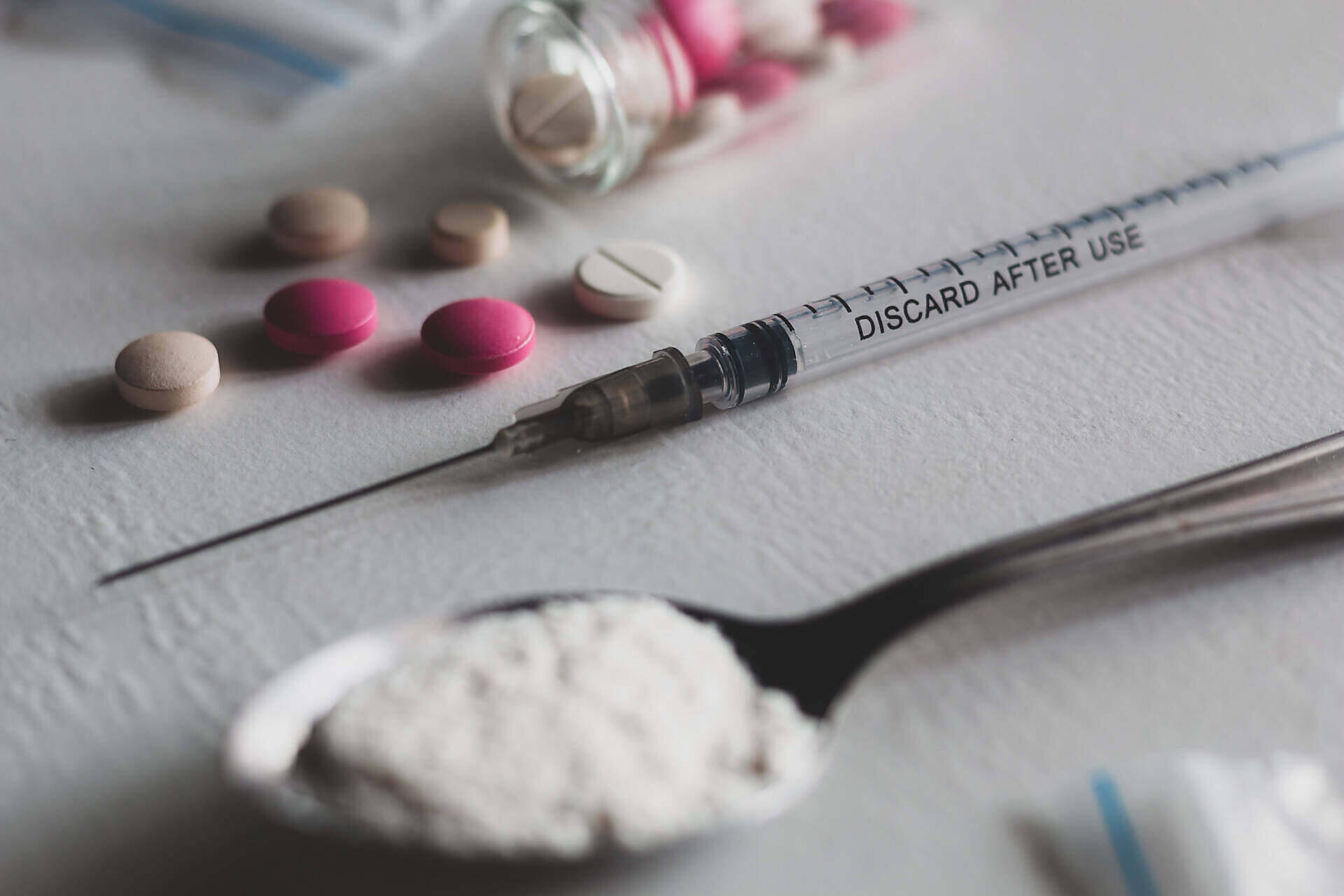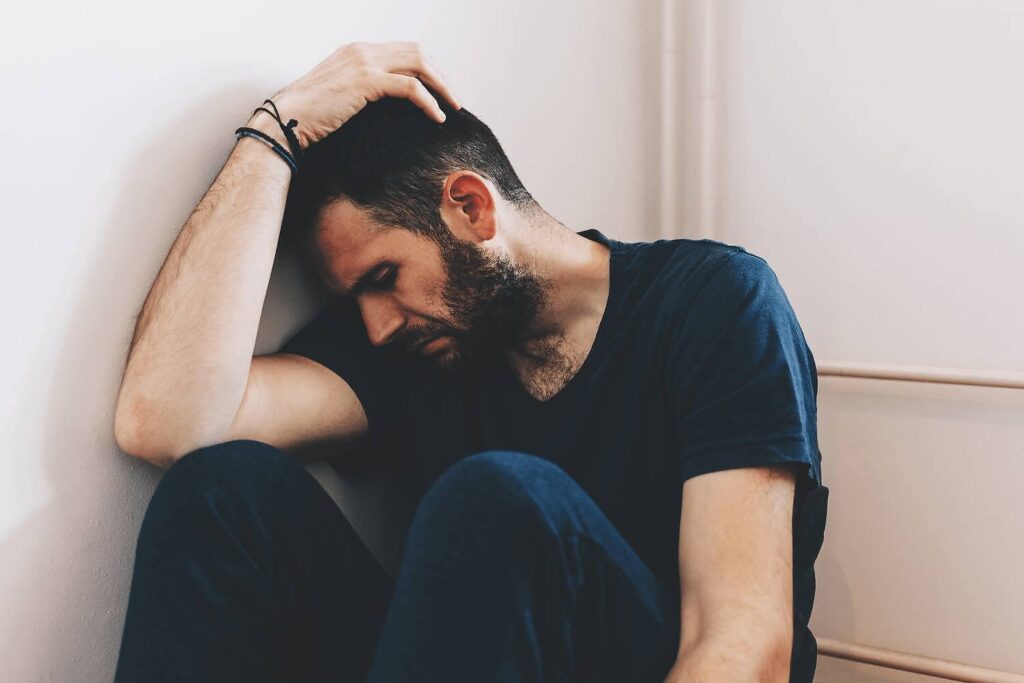The Rise in Opioid Addiction
The US has had to cope with an opioid epidemic since the 1990s, seeing substantial increases in opioid use and misuse – of opioids, especially for morphine and codeine. There has also been a coinciding rise in the number of opioid-related deaths.
The present epidemic in the US is thought to have begun because doctors overprescribe opioids for pain relief. Concerns exist that the problem is spreading to other nations – including the UK.

The dangers of rising prescription of opioid drugs
Good evidence from The British Journal of General Practice suggests that opioids effectively relieve pain in the short term. But the benefits of more than 12 weeks’ Treatment are under question. Despite the high numbers of patients who take them for a more extended period, even years, there is clear evidence that they cause extensive and potentially severe harm when taken long-term.
More precise guidelines for doctors and screening processes could help reduce the harm caused by opioids. But we must also consider the causes of long-term pain, which drives their use. Most importantly, these include disadvantaged backgrounds and the ageing population of our society. Further investment to address this needs to happen, or the opioid epidemic is set to spread to other countries, including the UK.
Opioids such as morphine, tramadol and fentanyl are super-strength painkillers which can be highly addictive and kill if misused.
The dangers of an opioid epidemic
The latest figures show the number of people dying from opioid-related drug misuse has reached a record high in England and Wales. About 3,700 people died in 2016 because of drug misuse.
More than 2,000 of these deaths involved an opioid, according to The Office For National Statistics (ONS).
However, these figures also include deaths from heroin, which is made from morphine.

What are opioids
Opioids and opiates are potent narcotics, and that makes them very addictive. Here are some basics about opioids and opiate addiction.
Deriving from the opium poppy, opiates are a narcotic. It is mainly used in prescription medication to treat moderate to severe pain. The medications fentanyl, oxycodone, hydrocodone, and codeine are opioids. Street drugs that are opiates are opium and heroin.
Opioids provide pain relief, relaxation, and a feeling of mild euphoria. It also slows respiration and heart rate and can cause cognitive problems and bowel obstruction. These medications are just for short-term use.
The rise in the production of opiates
Worldwide, the World Health Organization has seen a significant increase in the production of opiates, followed by a rise in their use and misuse. In the US alone, it is estimated that 115 people die daily from opioid abuse. Two million in the US are addicted to prescription pain meds, causing an opioid epidemic. And those that cannot get any more pain meds from their physician, or worse, have such a tolerance to the meds that they no longer have any impact, will often escalate to shooting heroin to try to get that same high. What starts as getting help for back pain ends up with people shooting heroin. The drug fentanyl has contributed significantly to the havoc caused by the opioid epidemic.
The symptoms of opioid addiction
Using the DSM-5, the manual for mental health disorders by the American Psychiatric Association, a substance use disorder will be diagnosed by:
- Using for longer than you should or want to.
- Difficulty or inability to stop using.
- Cravings when not using.
- I was spending much time using, recovering from, or trying to get opiates.
- Work, school or other areas will suffer from a worse performance.
- Using causes interpersonal problems with others in your life.
- I am giving up social activities to use.
- It uses substances when risky, like getting high and driving.
- I continue using it despite physical problems and damage to my health.
- When tolerance to the drug builds up, a person will need to take more of the drug to get the same effect.
- Withdrawals happen when not used.
If you or a loved one have two or more of the symptoms above, that is enough for a diagnosis of substance abuse—the more symptoms, the more severe the addiction.
How can you tell if someone has an opioid abuse problem
If someone is abusing opiates, there are some specific warning signs that you can look for that may indicate an opioid abuse problem. They include:
- Being tired, sluggish, or falling asleep at inappropriate times.
- Visiting multiple doctors or hospitals for pains and strange ailments with no specific diagnosis or treatment plan.
- Needle marks or sunken veins on arms, legs, or other body parts.
- Pupils will be small or “pinpoint.”
- Confusion, difficulty remembering events or no focus.
The Treatment of opioid addiction
While these may sound like difficult symptoms to treat, there is hope. Opiate detox, addiction treatment and ongoing support in the form of 12-step groups or other support groups is the way forward. Many people will go on to live healthy lives in recovery. With various rehab treatment programmes for opioid addiction to help you, hope and help are available. Call our compassionate and professional staff now to answer your questions and start the process.



